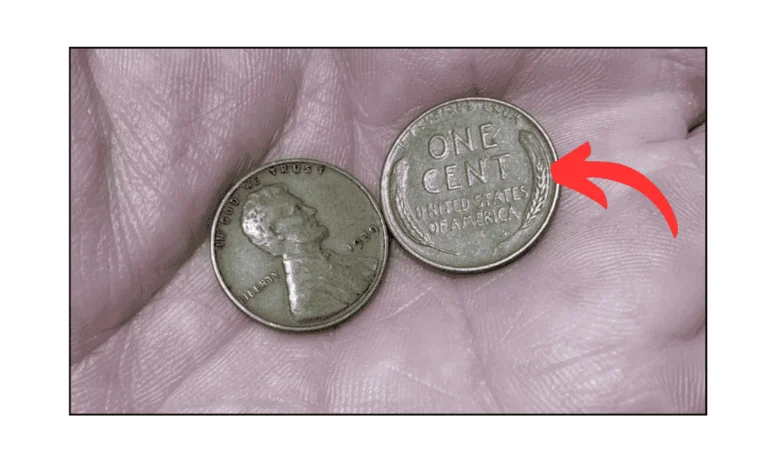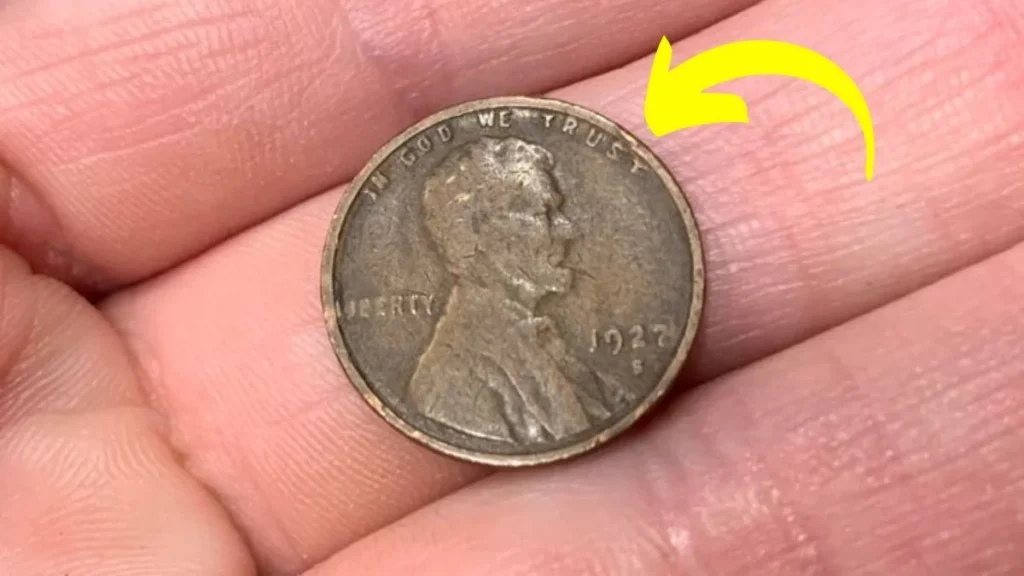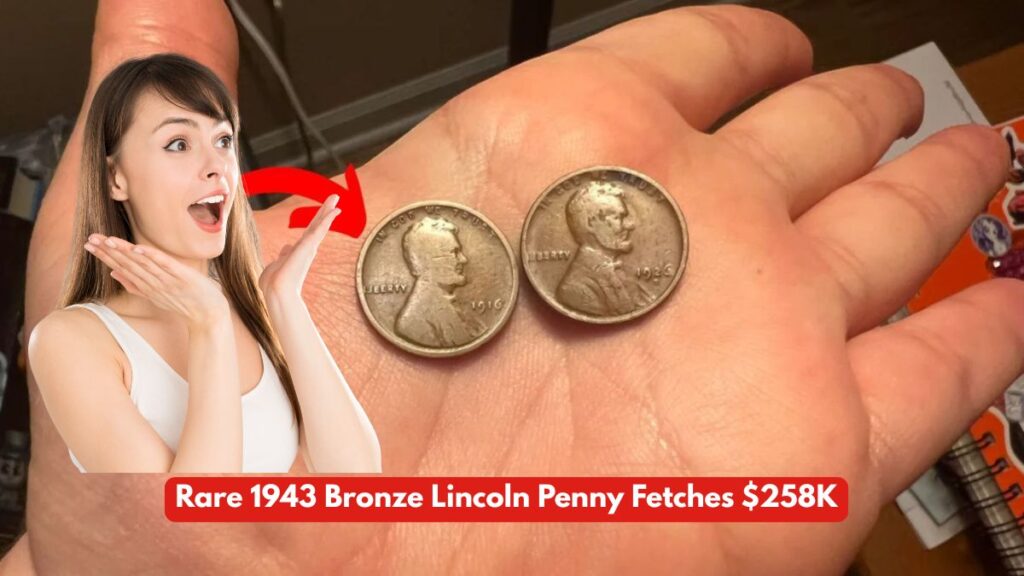A single penny in your pocket might be worth more than an entire savings account. One specific Lincoln Wheat Penny, dated 1943 and mistakenly struck in bronze, has shocked collectors by fetching $258,500 at auction. Even more surprising? There’s a possibility that one of these rare pennies could still be out there—in circulation.
What Makes This Penny Worth a Fortune?
During World War II, the United States Mint altered its coin production strategy to conserve metals like copper for the war effort. In 1943, pennies were made from zinc-coated steel instead of the usual bronze (95% copper, 5% tin and zinc). However, a small number of bronze planchets from 1942 were accidentally used at the start of 1943 penny production. These rare 1943 Bronze Lincoln Wheat Pennies were born out of that mistake.

Only 20 to 25 authentic examples are believed to exist today. One such coin sold for $258,500 through Heritage Auctions—an established platform for rare coin sales. Another example, discovered by a teenager in 1947, went on to sell privately for over $1.7 million, according to PCGS (Professional Coin Grading Service).
How to Spot the $258K Penny in Your Change
If you happen to come across a 1943 penny, here are three quick checks to determine if it could be one of the ultra-rare bronze versions:
- Use a Magnet
A genuine 1943 bronze penny won’t stick to a magnet, while the standard 1943 steel pennies will. - Check the Weight
- Bronze penny: ~3.11 grams
- Steel penny: ~2.7 grams
Use a precise digital scale for this test.
- Professional Authentication
To verify authenticity and market value, submit the coin to reputable graders like:
Even though these error coins are thought to be mostly in collections, the possibility of one slipping through into pocket change remains—especially in older coin rolls or estate collections.
A Bit of History: The Lincoln Wheat Penny
The Lincoln Wheat Penny, also called the Wheat Cent, was minted from 1909 to 1958. It was the first U.S. coin to feature an actual person: President Abraham Lincoln. Designed by Victor David Brenner, the reverse side shows two wheat stalks encircling the words “One Cent” and “United States of America.”
These pennies are commonly found in old piggy banks and coin jars, but the bronze 1943 edition is a standout due to its rarity.
Why It’s a Collector’s Dream
Collectors value this coin for three reasons:
- Minting error – These coins should not exist.
- Historical context – Issued during wartime under material restrictions.
- Low mintage – Only a few slipped through the quality control systems of the U.S. Mint.
Auction prices vary by condition. Coins graded MS-64 (Mint State) or higher fetch the most. Learn more about coin grading and how it affects value at the American Numismatic Association.
Are Valuable Pennies Still in Circulation?
Surprisingly, yes—though finding one is rare. Circulation coins can sometimes include valuable errors, misprints, or older rare dates. Coin roll hunting, estate sales, or inherited coin jars can yield surprising treasures.
And it’s not just the 1943 bronze penny. Other valuable finds include:
- 1909-S VDB Lincoln Cent (worth up to $1,000+)
- 1955 Doubled Die Lincoln Cent
- 1983 Copper Penny Error
You can explore more about these through resources like USA Coin Book or the U.S. Mint.

Final Thoughts
The idea that a single penny—small, forgotten, maybe even in your drawer right now—could be worth hundreds of thousands of dollars is astounding. As long as coins continue to circulate and errors occasionally happen, everyday Americans may continue to uncover pieces of history… and fortune.
So next time you get change, take a second look. That Lincoln Wheat Penny might just be the $258,000 jackpot you never expected.
This article has been carefully fact-checked by our editorial team to ensure accuracy and eliminate any misleading information. We are committed to maintaining the highest standards of integrity in our content.

Himanshu Sharma writes for Weekend Spy, focusing on recruitment, government schemes, and current affairs. He is dedicated to making complex information accessible to readers.
Himanshu enjoys playing chess, hiking, and trying new recipes, always seeking ways to combine his love for writing with his passion for exploration. Connect with Drop him an email at [email protected].







